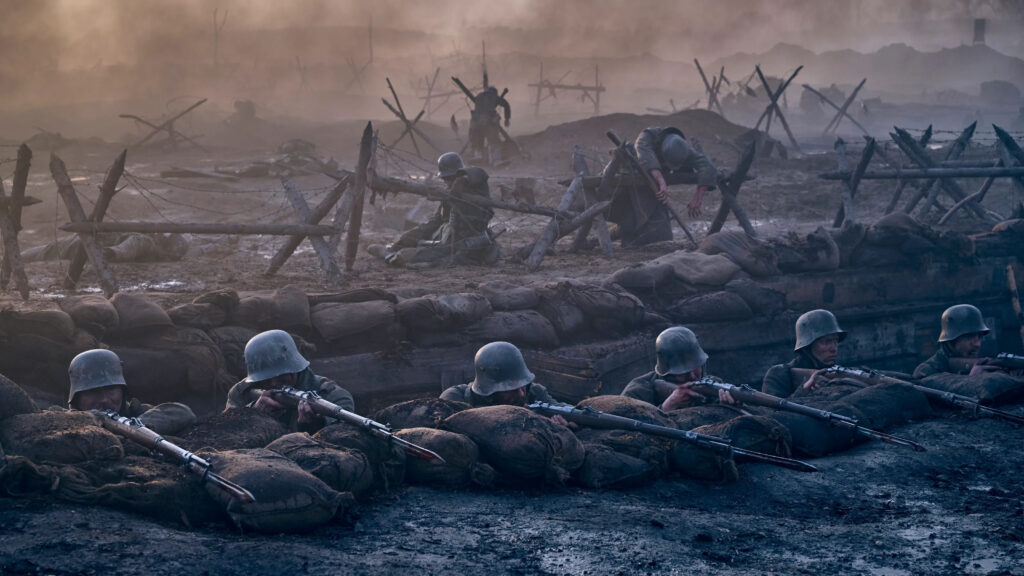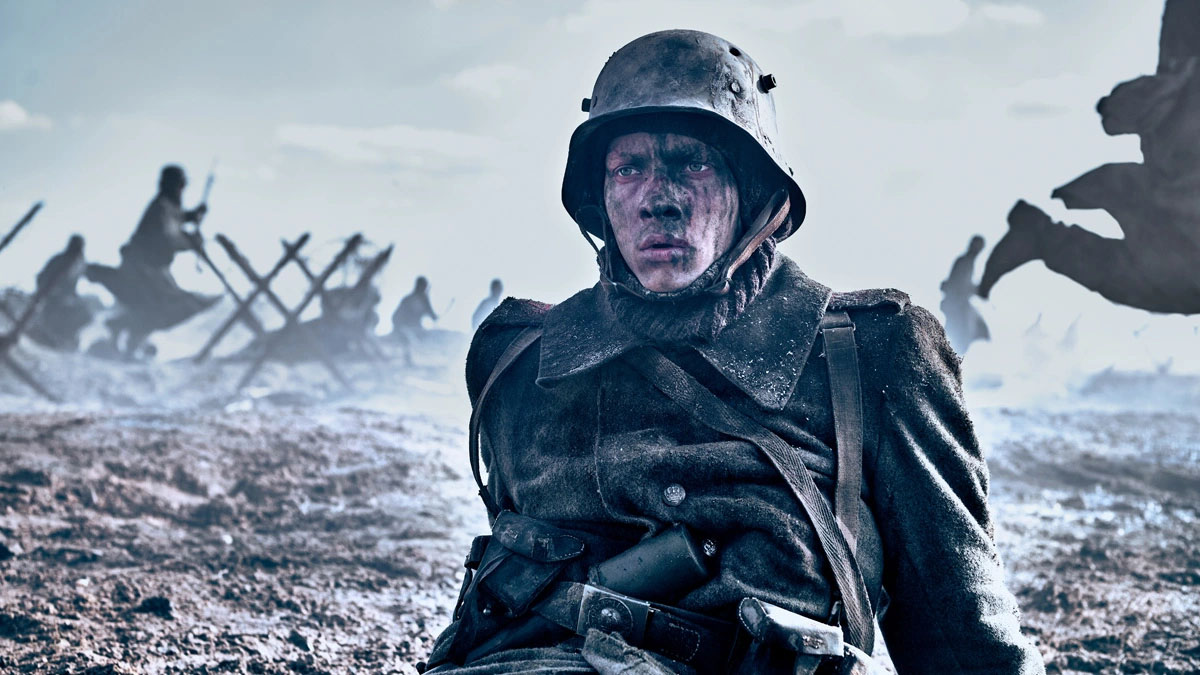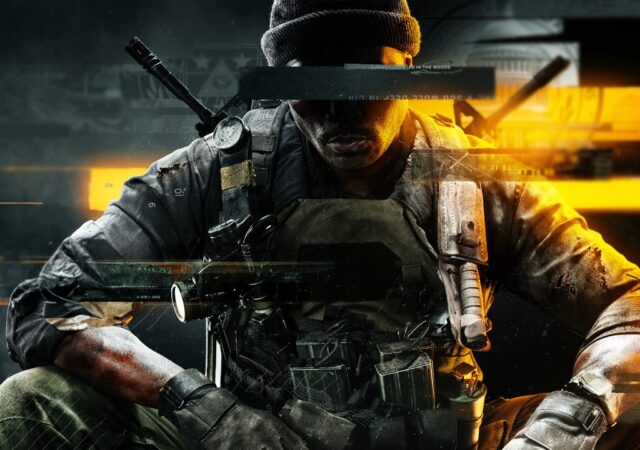All Quiet on the Western Front is the latest adaptation of the classic novel of the same name, following an influential adaptation in the 30s and a made-for-TV adaptation in the 70s. Notably, this is the first German adaptation of the story, and director Edward Berger goes to considerable lengths to make his film stand out from the rest. The result is a harrowing, big budget war film that eschews large parts of the novel, for better or worse.
Paul Bäumer (Felix Kammerer) is a young, eager teenager who enlists in the Imperial German Army in the tail-end of the Great War (or World War I). Once he’s sent to the Western Front, he quickly faces the grim conditions of the trenches, becoming a seasoned, disillusioned veteran over the next couple of months as he loses several friends and makes new ones. In a parallel plot, real-life German vice-chancellor Matthias Erzberger (Daniel Brühl) meets with French generals in an effort to broker the peace treaty that will end the war. But will Paul and his friend, Kat (Albrecht Schuch), survive long enough to see the end of the war?
The most notable difference in this version of All Quiet on the Western Front is it goes all out in depicting the carnage of war, in a handful of extended battle scenes. There’s a grim, perverse thrill in them as Paul almost morphs into a desperate action hero, killing his way out of the trenches and into No Man’s Land. There’s a standout scene in the middle of the film where several tanks lead the counterattack against the advancing German army, and the Germans are so confused by the appearance of this new weapon of war that they shoot at its armor, to no avail.

The closest comparison to this kind of war spectacle is the recent 1917 film directed by Sam Mendes, but All Quiet on the Western Front doesn’t completely transform World War I into a cinematic extravaganza as 1917 does.
Instead, it slows down and focuses on quiet moments between Paul and his brothers-in-arms, in particular Kat, and Tjaden (Edin Hasanovic). Their tragic fates drive home how war makes people lose hope, although some plot points are changed significantly from the novel.
The acting is top notch from most of the main cast, especially Felix Kammerer, who portrays the haunted Paul and his transformation throughout the film very well. It’s a very different Paul from idealistic, almost poetic soul as seen in the 1930 film, but this Paul feels right at home in the dark, hopeless war portrayed in this film. Albrecht Schuch’s Kat is also different from other portrayals of the character, but Schuch makes it his own, infusing a hopeful, almost cheery outlook into a man who doesn’t know how to exist outside of a war. Daniel Brühl turns in a dependable performance, as expected, though his plot line feels like it hammers the same point home as the main plot- that war is hell.
The climax of All Quiet on the Western Front focuses on the cruelties of the top brass, who are driven by their pride and removed from the battlefield, against the rank and file who are stuck in the war. Again, it’s strange- almost gross- to see Paul kill his way through the battlefield, especially after he shared a poignant moment with a French soldier in a bomb crater earlier in the movie. But the tragedy of his fate, especially just as the armistice goes into effect, will resonate with many viewers (though it may strike others as being too on the nose).
For viewers who are new to this story, All Quiet on the Western Front is a decent introduction to a classic story that sometimes succumbs to the desire to be a conventional big-budget war flick.
It condemns war in a very different way than the 1930 film which was so famously anti-war that critics hoped it would deter wars for a long time to come. As a Netflix original, it’s as good as some of the best content on the platform. Do check it out if you are in for a brutal war drama.






















